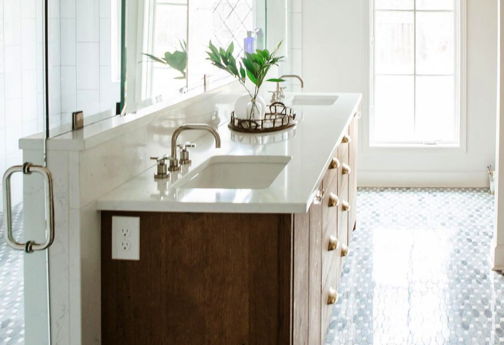Minimalism, a relatively recent trend compared to others, encompasses various fields such as fashion, events, architecture, and interior design. It emphasizes having only essential possessions and is most popular in home interior design.
What Is Minimalist Interior Design?
Minimalist design is about putting the most important things first — a return to basic living with an emphasis on having a simple home. A minimalist building, object, or room is stripped down to its most basic function. It comprises a few materials, clean lines, neutral colors, and simple shapes. Minimalist interior design also involves an open floor plan, a lot of light, and multi-purpose furniture.
History of Minimalist Interior Design
The minimalist art movement serves as inspiration for the minimalist interior design style, which places an emphasis on establishing harmony via the use of symmetry and open spaces. It gained popularity in the late 1950s and rose to prominence throughout the 1960s. Because of the low prices of products, it would not be difficult for us to fill our homes with even more possessions. On the other hand, there is a growing movement to eliminate unnecessary things.
Minimalist Room Aesthetics
Minimalist interiors have a sophisticated air about them. Their hallmark is spare, sculptural simplicity. There is no sign of clutter, and only a few well-chosen artifacts decorate the interior. You’ll notice a lot of right angles and other geometric shapes, along with a few organic ones.
Essential Elements of Minimalist Interior Design
Although the finished product of a minimalist design may have the appearance of effortless simplicity, obtaining this kind of strong simplicity is not at all simple. Below are the essential elements to consider.
- Basic: The most important one is that “less is more”, which is generally attributed to the German architect and furniture designer Ludwig Mies Van Der Rohe. You can’t have unnecessary clutter when going for minimalism.
- Functionality: Minimalists believe every room item should have a specific function. Hence, they typically avoid furnishing their spaces with unnecessary decoration and adornments.
- High-Quality Clean materials: Another thing to keep in mind is to use a small number of high-quality materials, like concrete, steel, glass, and wood. With fewer items in the space, each item’s importance is greatly enhanced and therefore needs to be selected with this in mind.
- Easy organization: It is necessary to have an intelligent organization, and storage is often streamlined or tucked away to reduce visible clutter. You can achieve a streamlined appearance with the help of furniture and accessories that feature simple shapes and clear lines.
- Open spaces: Your interior design should be open and airy, often with open-play layouts and many breathing areas. You can achieve this effect by minimizing the room’s furniture.
Interior Design With Kate Hartman Interiors
Minimalistic design may be perceived as lacking character, but it is possible to infuse personality into a minimalist interior. Contact Kate Hartman Interiors in Denver to get started and bring your dream design to life.
We offer a wide range of services, including whole-home interior design, space planning, color consultation, and furniture selection. If you’re ready to elevate your space and create a beautiful, functional, and inviting home, contact Kate Hartman Interiors today to schedule a consultation.

